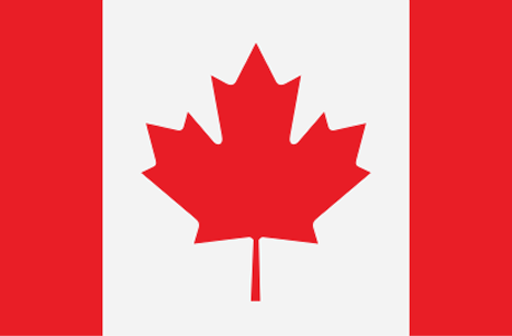Hello!
Shopping from the united states?
click below to switch!
Select your location

Canada

Shopping from the united states?
click below to switch!


JOIN OUR MAILING LIST TODAY
SAVE 10% ON YOUR FIRST ORDER
Be the first to get the latest news, newly launched products, and exclusive offers
